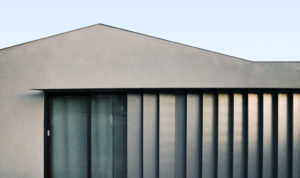



Modern
Modern architecture can be referred to as a number of other names such as International Modernism or International Style, all of which were characterized by an emphasis on volume, asymmetrical compositions, and minimal ornamentation.
Contemporary versus Modernist architecture
While Modernist architecture was based upon new and innovative technologies of construction, particularly when we are talking about the use of glass, steel and reinforced concrete and that form should follow function, at the opposite end of the scale, contemporary architecture is the architecture of the now, architecture since the 21st century, where no single style is dominant.


Traditional
Takes into account the styles that were popular to a region or area. The characteristics of traditional architecture used by architects and builders includes a commitment to maintaining a link to the past styles of building, reuse of materials or designing homes and building to stay consistent with the overall building design of the area. This creates a sense of continuity and connection to the past, which helps the area maintains its traditional look and feel for the residents of the community.


Mid Century

Mid-Century Modern denotes a style of design that was popularized from the 1930s through the 1960s. Characterized by a contemporary, seemingly futuristic aesthetic and an emphasis on function, the Mid-Century Modern movement influenced many types of design. These include interior, product, industrial, and graphic design, as well as urban planning and architecture, which remains the most well-known Mid-Century Modern example.